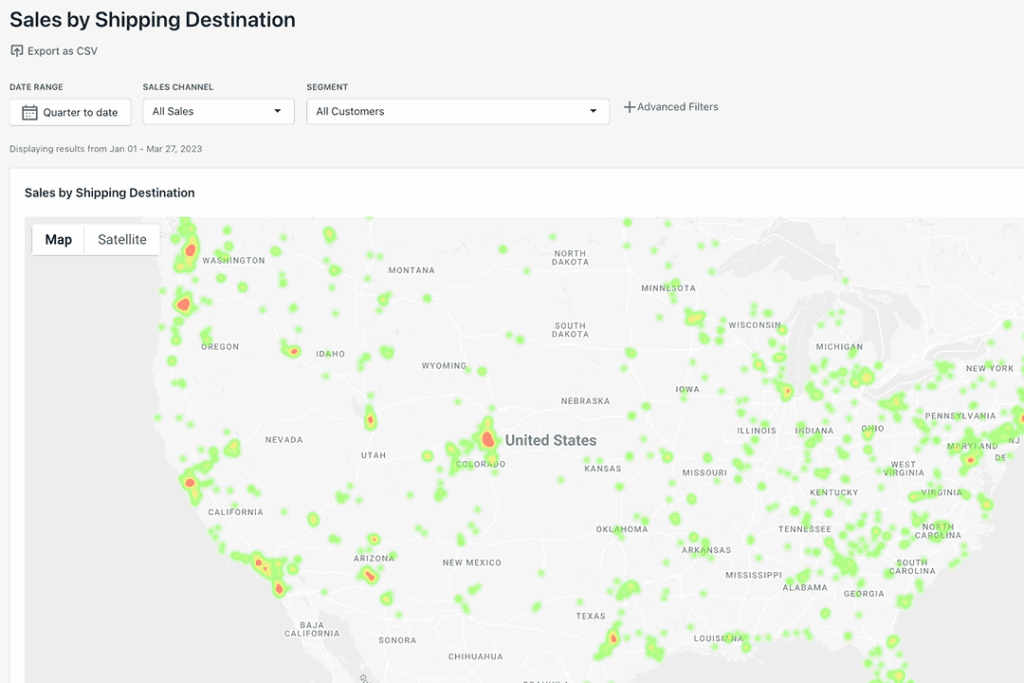Setting and tracking sales goals in Shopify is essential for driving business growth throughout the year. To effectively measure your progress and set realistic targets, comparing your performance to the same period last year is crucial. In this blog post, we’ll discuss how By the Numbers can help you track your sales goals and make data-driven decisions to grow your business.
Leveraging Period-over-Period Goal Tracking for Success Across
Period-over-period goal tracking in By the Numbers allows you to compare your performance against the same period last year, making it easier to account for seasonal fluctuations and other factors. This approach is important for all quarters, as it enables you to set and adjust your goals based on your previous year’s achievements.
Accurate Sales Forecasting for Shopify Store Owners
Our advanced machine learning procedure for forecasting time series data is based on an additive model that takes into account yearly, weekly, and daily seasonality, as well as holiday effects. This ensures accurate sales predictions even for businesses with strong seasonal effects and only a few seasons of historical data.
Our forecasting model is robust to missing data, trend shifts, and can typically handle outliers well. By employing this innovative approach, you can be confident in your sales forecasts and make data-driven decisions to grow your business.
How to Set Sales Goals with By the Numbers
In our previous blog post, “Introducing Goals”, we explored how to set and track goals using By the Numbers. In this post, we focus on setting the right sales goals. This is crucial for motivating your team and achieving business success. Here are some tips for setting effective sales goals using By the Numbers:
- Identify Areas of Growth:
Analyze your business’s past performance and identify areas where you can improve, such as underperforming customer segments. By the Numbers allows you to target specific segments with your sales goals, enabling you to focus on growth opportunities in those areas. - Determine Realistic Goals:
Focus on the most critical aspects of your business that have the potential for growth. By the Numbers projects how your store will perform, allowing you to adjust your goals based on your current progress and set realistic targets. - Decide on a Target:
Choose between tracking Total Sales or Orders, and decide whether you want to aim for % growth or a total amount. Set your goals weekly, monthly, or quarterly for more frequent tracking and adjustments. - Educate and Empower Your Sales Team:
Share the goals with your sales team and provide them with the necessary resources, training, and support to achieve the targets. - Monitor and Track Your Progress:
Use the By the Numbers goals dashboard to keep an eye on your progress. The dashboard will let you know if you’re on track or if adjustments are needed.
By leveraging period-over-period goal tracking and setting sales goals with By the Numbers, you can better align your sales goals with your business’s unique patterns, making it easier to set achievable targets and track your progress. Harness the power of data-driven insights to drive your business’s success across all quarters.

By the Numbers
Empower your business with our Shopify Data Driven App

- ✔ Know Your Audience Behavior
- ✔ Deep Customer Segmentation
- ✔ Retarget With Integrations
- ✔ All The KPIs & Reports You Need



